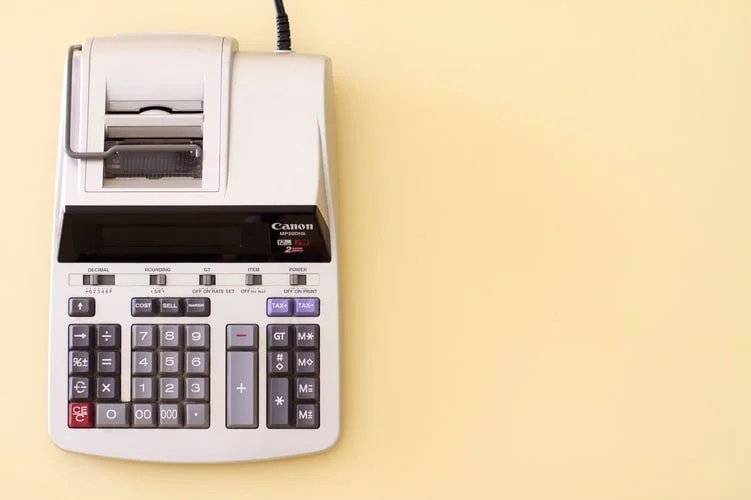If you have recently started a business and you feel that your accountant is speaking a foreign language, perhaps you need a refresher on some basic accounting terms everyone should know.
Balance Sheet
This is one of two basic statements you will need to effectively run your business.
• Accounts Payable – AP are the expenses you owe but not yet paid
• Accounts Receivable – AR are the sales made but not yet paid
• Asset – Anything of value
• Balance Sheet – BS is the report of all assets, liabilities, and equity. The total liabilities plus equity must equal assets.
• Book Value – BV is the original value of an asset, less accumulated depreciation
• Equity – The portion of the company that is owned by you and/or investors
• Liability – L all debts to be paid, commonly AP, payroll, and loans
Income Statement
This is the other most common report. It is also called a profit and loss statement.
• Cost of Goods Sold – CoGS are the expenses that directly relate to the product or service. This excludes those items that are needed to run the business like rent. Examples of CoGS is the price of the raw materials or direct labor in the case of a service.
• Depreciation – Dep is the loss of value over time for an asset.
• Expense – Cost is anything incurred by the business that needs to be paid.
• Gross Margin – GM – Divide gross profit into revenue for the same period and you have gross margin. It is the profit after deducting cost of goods sold.
• Gross Profit – GP Subtract the cost of goods sold from revenue. It is the company's profit without overhead expenses.
• Income Statement – Profit and Loss shows the revenues, expenses and profits for a specified period. Expenses are subtracted from revenue to give net income.
• Net Income – NI is profit.
• Net Margin – Percent of profit in relation to revenue. Divide net income by revenue for the period.
• Revenue – Sales is any money earned.
General
There are also some terms that are not directly associated with any report.
• Accounting period – Dates included in the report.
• Allocation – Assigning funds to various accounts or periods.
• Business Entity – Legal structure of the company. It can be sole proprietor, partnership, limited liability company (LLC), etc. Each type of company has its own laws and tax rules.
• Cash Flow – CF is money in and money out. Subtract the ending cash balance from the beginning cash balance. A negative number means you spent more than you took in.
As your business progresses, don't hesitate to speak with your accountant about any terms you don't understand. He or she should be willing and happy to explain any details. If not, find yourself a new accountant. Try Capex CPA and see how friendly and professional an accounting firm in Mississauga can help.
Contact your Accountants today click on this link —> https://capexcpa.com/contact
- The Capex Team

